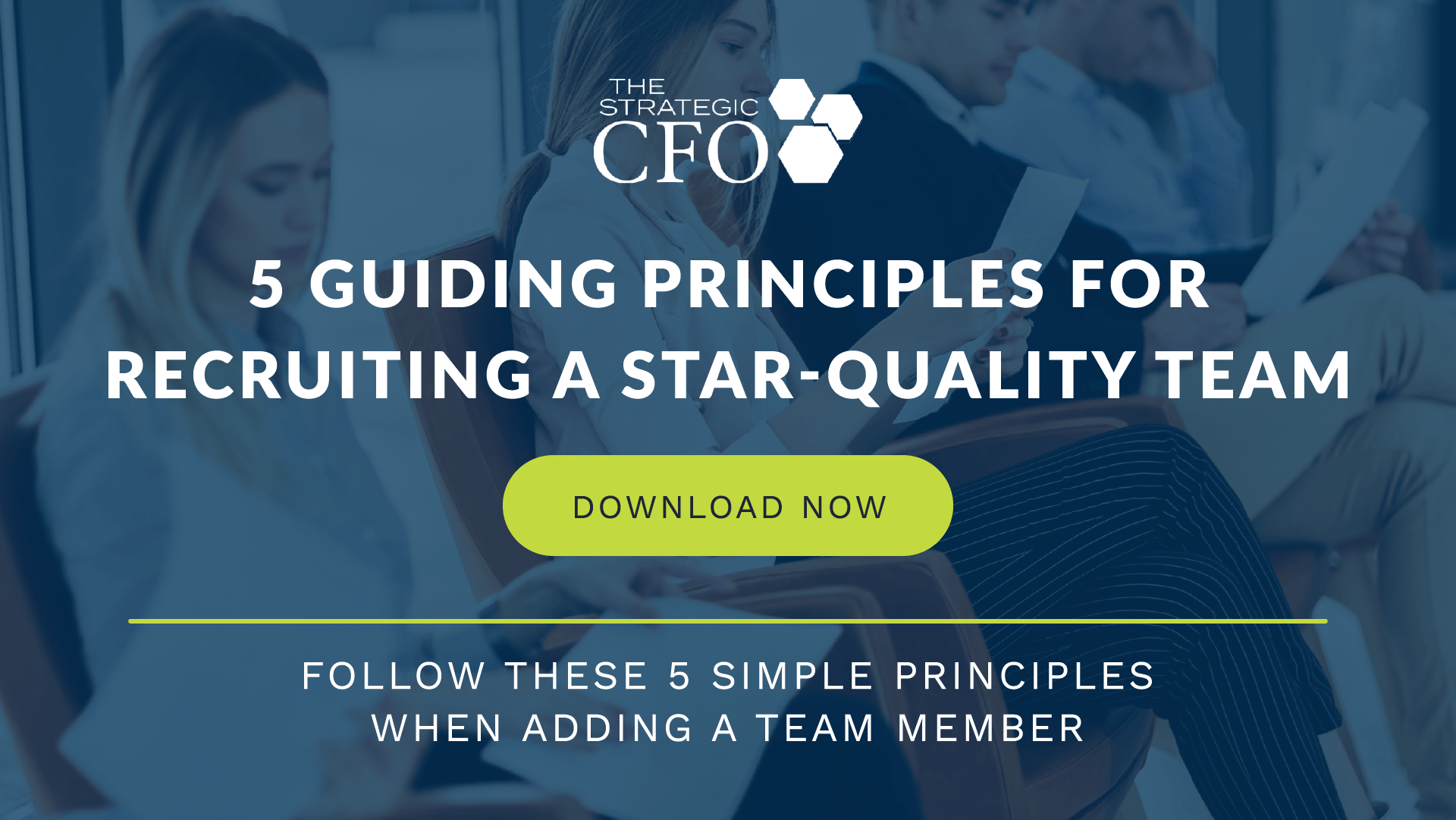Throughout my career, I’ve witnessed theft of office supplies, the use of company property for personal gain, dishonesty on time sheets, and other infractions that cost the company thousands of dollars per year. But, I worked under the naive assumption that the more significant embezzlement of company assets was scarce and overblown by the media.
Employee Theft Example
It turns out that the Controller of a company I’ve worked with had embezzled well over $1 million in cash. In addition, most of the embezzlement occurred in 15 months. As I discussed the matter with colleagues, I was surprised by the number of individual experiences that were shared with me on similar situations. I was particularly intrigued by my colleague’s recollection of a controller who when caught, admitted to stealing to pay back a judgement against her for theft from a prior employer. According to the US Chamber of Commerce, approximately 75% of employees steal from their employers. In addition, over half of these employees do it more than once. The US Commerce Department estimates that employee theft costs employers over $50 billion dollars a year. These are staggering figures.
In the example above, there were two primary factors contributing to employee’s ability to perpetrate this fraud including:
This employee was responsible for every facet of accounting. They had complete control of the cash accounts (received customer payments, made deposits, paid vendors, and was responsible for collections). Due to financial constraints and/or lack of transactional volume, it is not practical for many small businesses to have more than one person in accounting. That’s okay.
Steps to Prevent Employee Theft
There are still steps you can take to help prevent most types of dishonesty. Here are a few examples:
- Outsource payroll. In addition to removing fraud opportunities, you are greatly reducing your risk associated with federal, state, and local payroll tax filings.
- Have a non-accounting employee open and inventory mail, and stamp any checks with “For Deposit Only, Acct number ####” before turning it over to the person that will enter the receipts and make the deposit.
- Have an executive or manager review deposit slips, check copies, and compare them to the inventory previously taken.
- Open a lock box and print remittance instructions clearly on all customer invoices.
- Have someone who does not perform deposits or disbursements reconcile the bank accounts.
- Review your bank statement, check copies (if you don’t get them now, arrange to get them going forward), and the reconciliations each month.
- Perform background checks on your employment candidates BEFORE offering employment.
- Have an audit (or at a minimum a review) performed by your CPA annually. Although CPA firms specifically indicate that they may not detect fraud, that outside look requires GL to sub-ledger reconciliations and random samplings of detailed transactions that would make most people think twice.
- Count physical inventory at random intervals and reconcile the increases or decreases to sales, purchases, and damaged items.
- Be suspicious. As the business owner or manager, you have the right to ask questions and review detailed work. If an employee is defensive or resistant to sharing their work, this may be a red flag.
Conclusion
It is an unfortunate reality in today’s business environment that we need to be on guard at all times. There are many additional steps you can take based on your industry and the resources available to you. Because the problem is so widespread, look into adding employee dishonesty to your insurance coverage. It could save you one day!
If you want to prevent employee theft, check out our free Internal Analysis whitepaper and learn what weaknesses need to be resolved.













